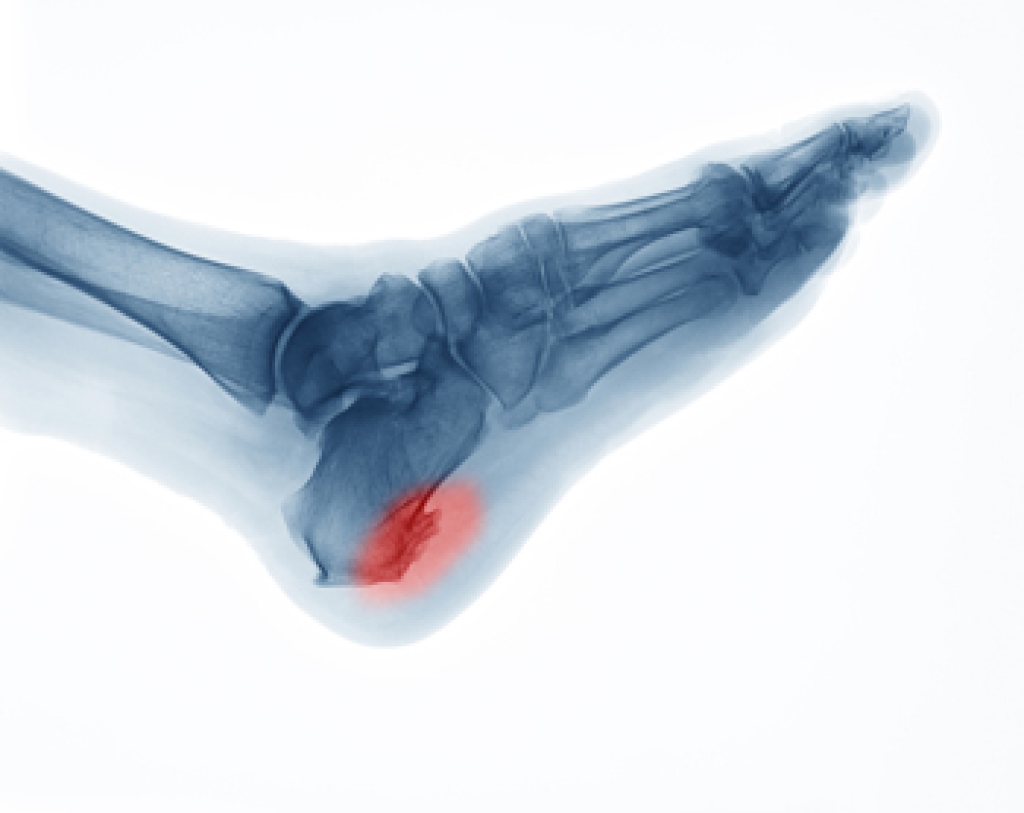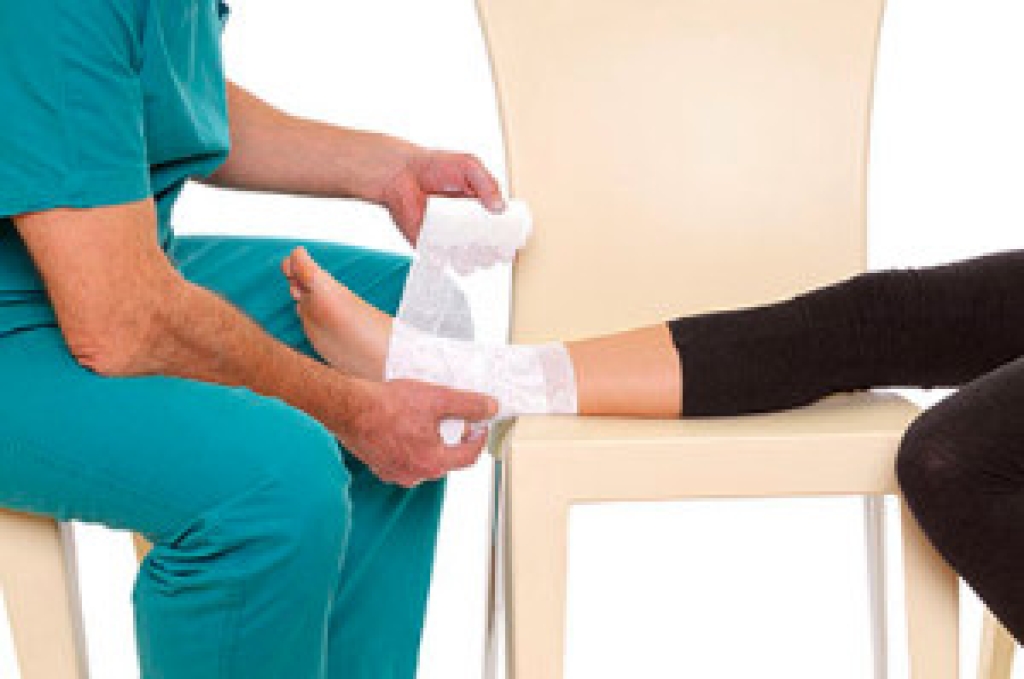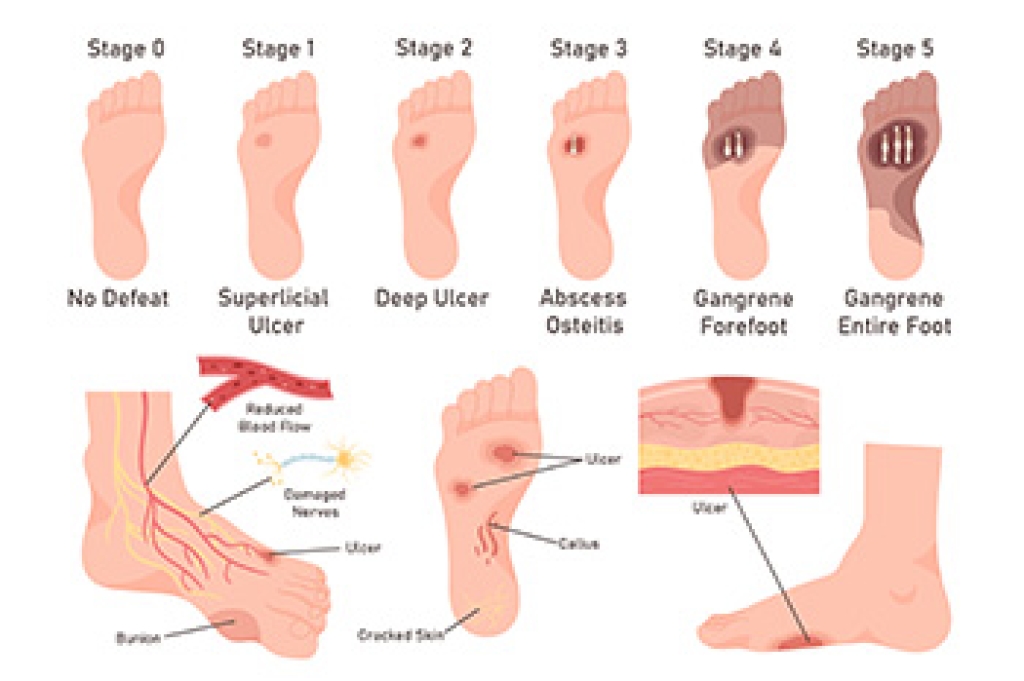
Heel spurs, bony protrusions that develop on the underside of the heel bone, can cause considerable pain and discomfort. Incorporating specific exercises can help to alleviate symptoms and improve flexibility and strength in the affected area. Calf stretches are beneficial, such as standing on a step with heels hanging off to stretch the calf muscles and Achilles tendon. Plantar fascia stretches, done by pulling toes upwards with a towel while seated, help relieve tension in the plantar fascia. Strengthening exercises for the foot and ankle, such as toe curls with a towel or marbles, can also be effective. Additionally, gentle massaging of the affected heel area after exercises may provide relief. Performing these exercises regularly and avoiding overexertion may gradually reduce heel spur discomfort and improve overall foot health. If you have a heel spur that causes significant pain, it is suggested that you consult a podiatrist who can offer effective relief methods.
Heel spurs can be incredibly painful and sometimes may make you unable to participate in physical activities. To get medical care for your heel spurs, contact Braden Jenkins, DPM from The Ridge Foot & Ankle Center. Our doctor will do everything possible to treat your condition.
Heels Spurs
Heel spurs are formed by calcium deposits on the back of the foot where the heel is. This can also be caused by small fragments of bone breaking off one section of the foot, attaching onto the back of the foot. Heel spurs can also be bone growth on the back of the foot and may grow in the direction of the arch of the foot.
Older individuals usually suffer from heel spurs and pain sometimes intensifies with age. One of the main condition's spurs are related to is plantar fasciitis.
Pain
The pain associated with spurs is often because of weight placed on the feet. When someone is walking, their entire weight is concentrated on the feet. Bone spurs then have the tendency to affect other bones and tissues around the foot. As the pain continues, the feet will become tender and sensitive over time.
Treatments
There are many ways to treat heel spurs. If one is suffering from heel spurs in conjunction with pain, there are several methods for healing. Medication, surgery, and herbal care are some options.
If you have any questions, please feel free to contact our office located in Idaho Falls, ID . We offer the newest diagnostic and treatment technologies for all your foot care needs.




